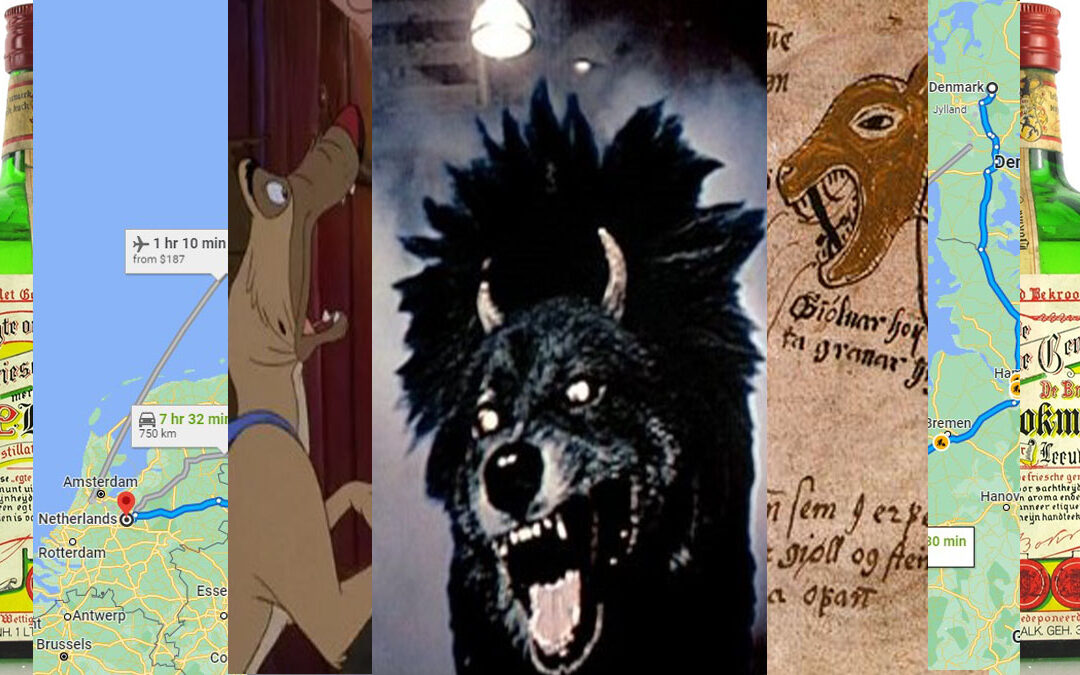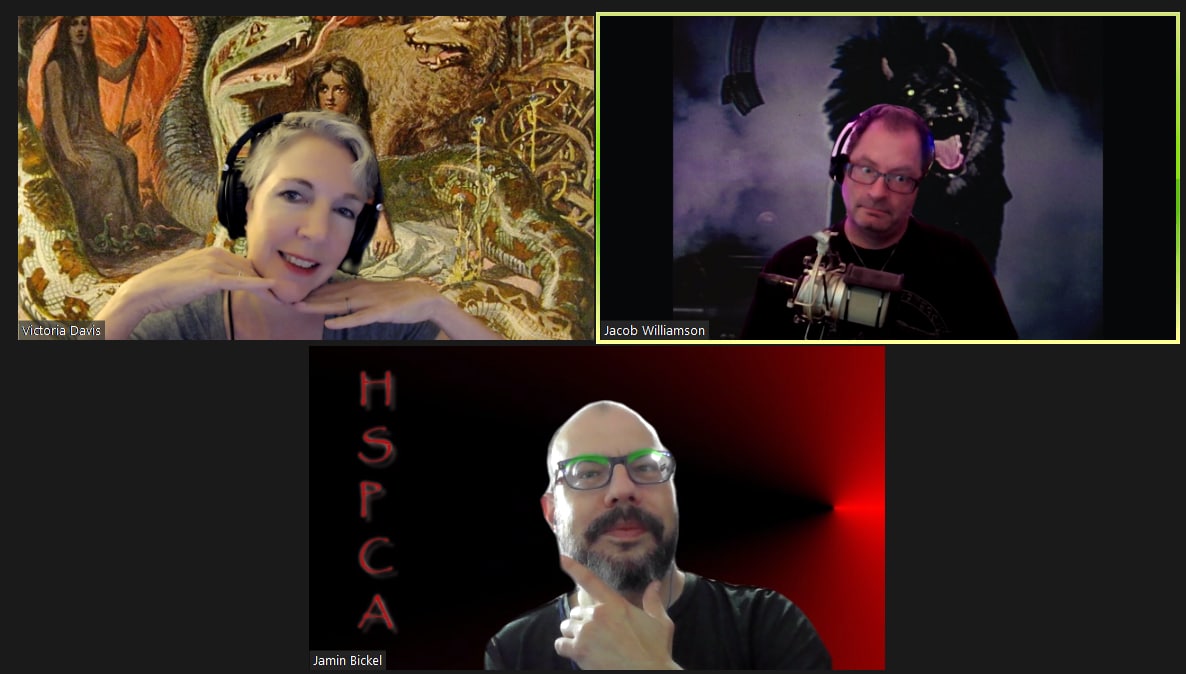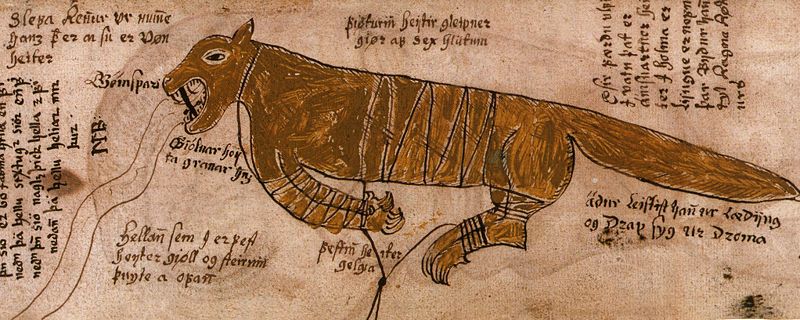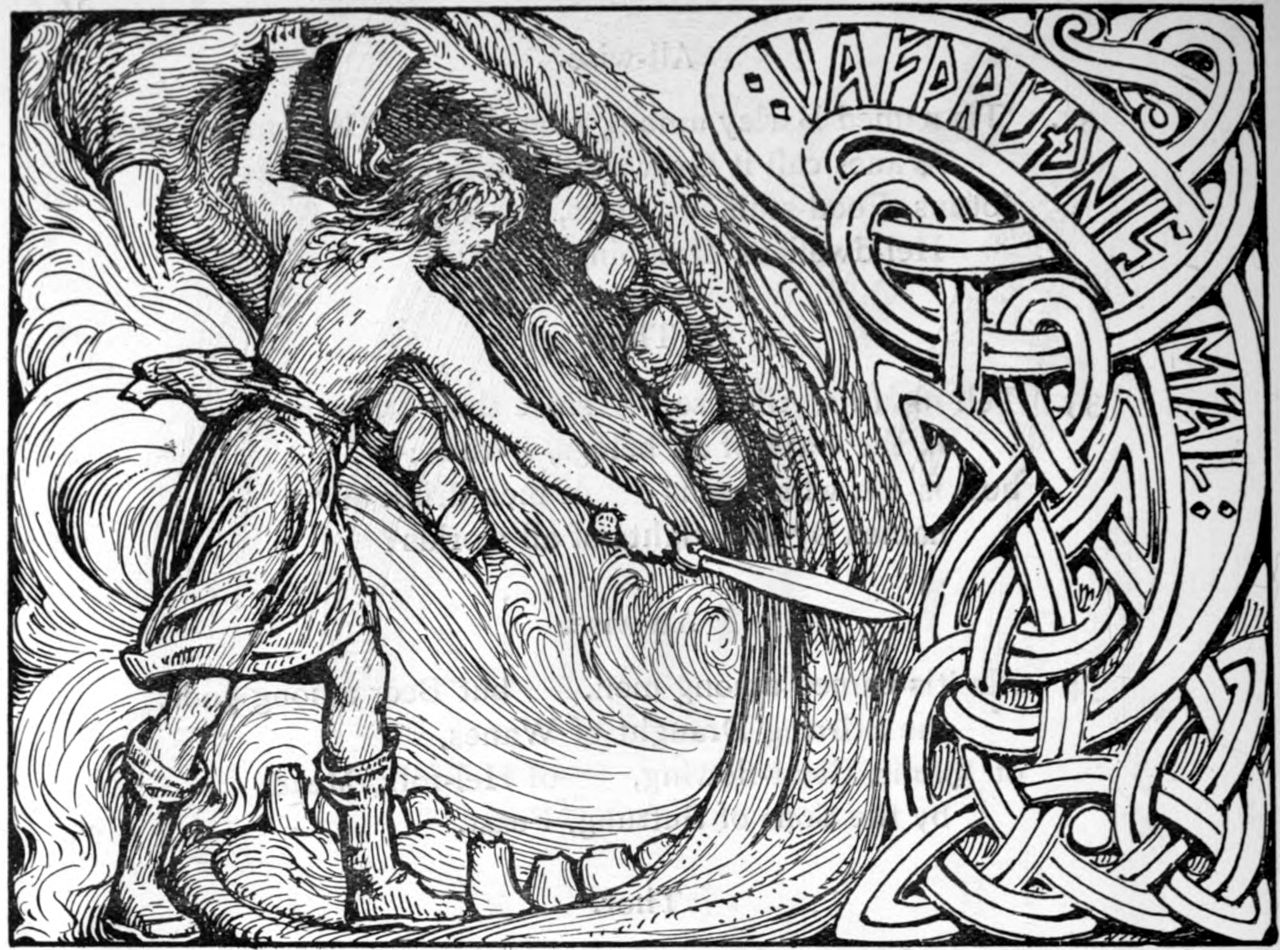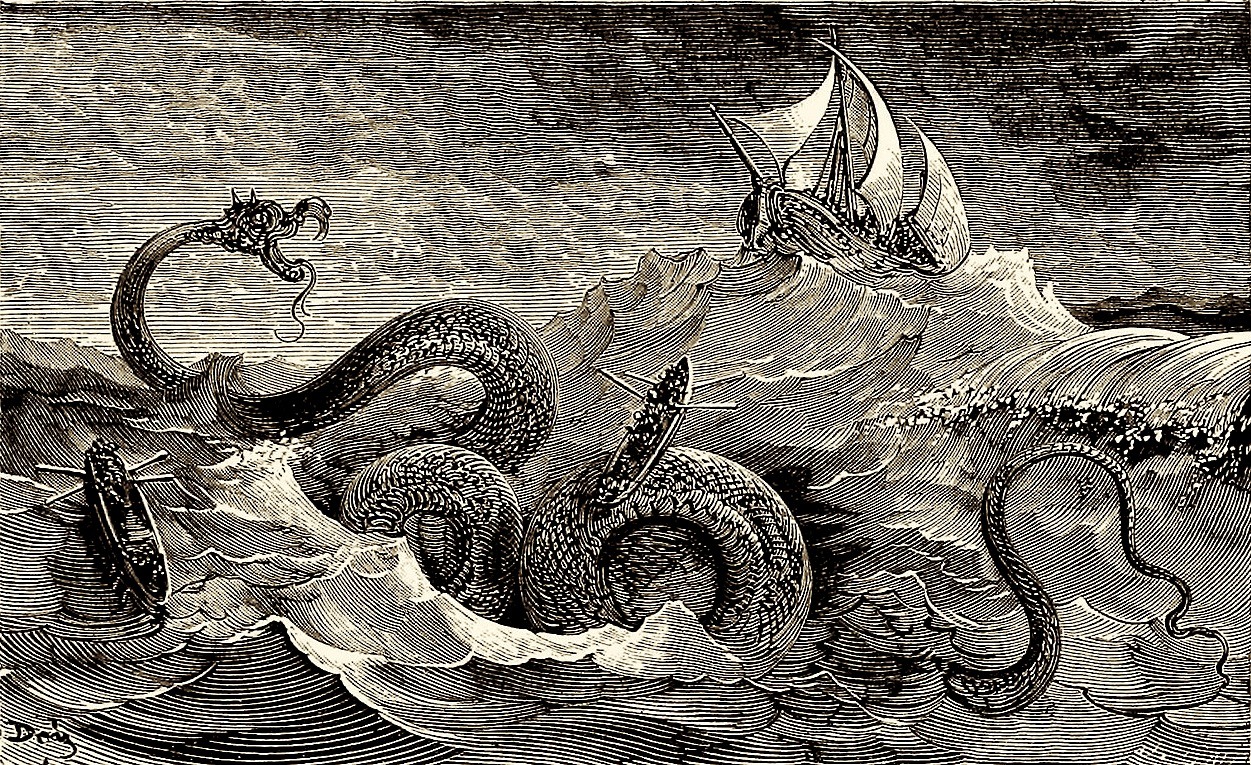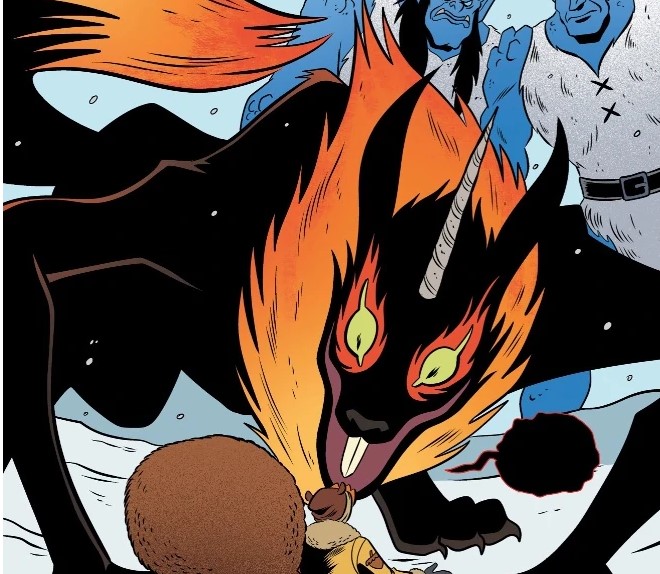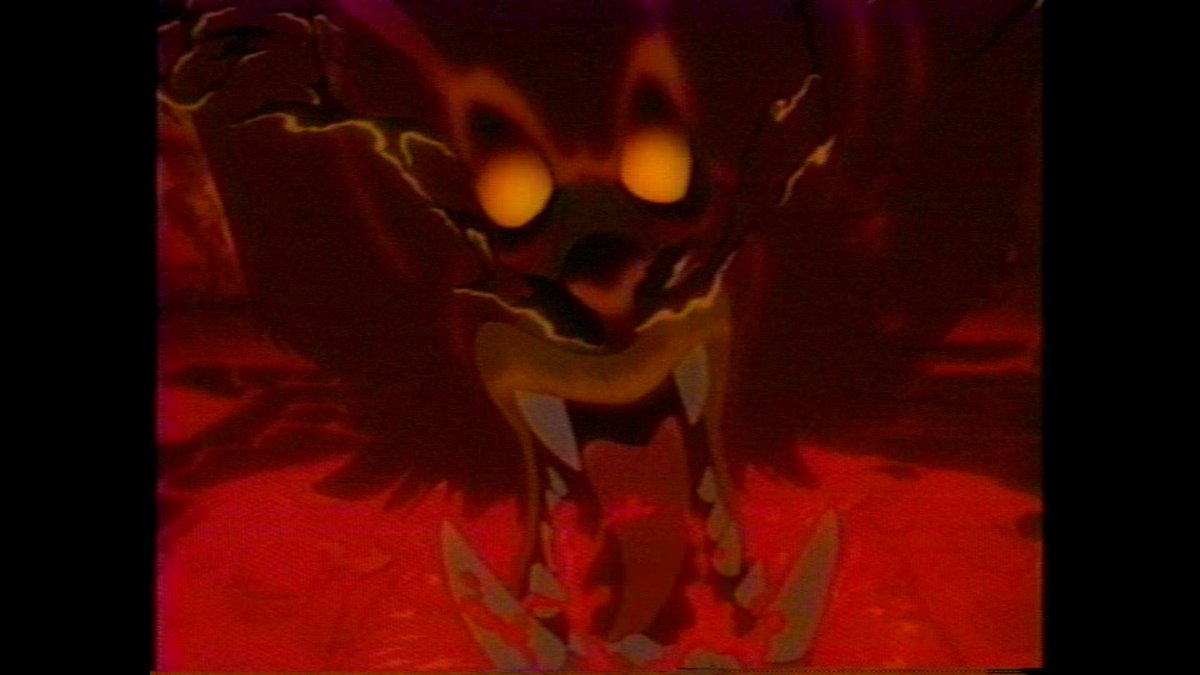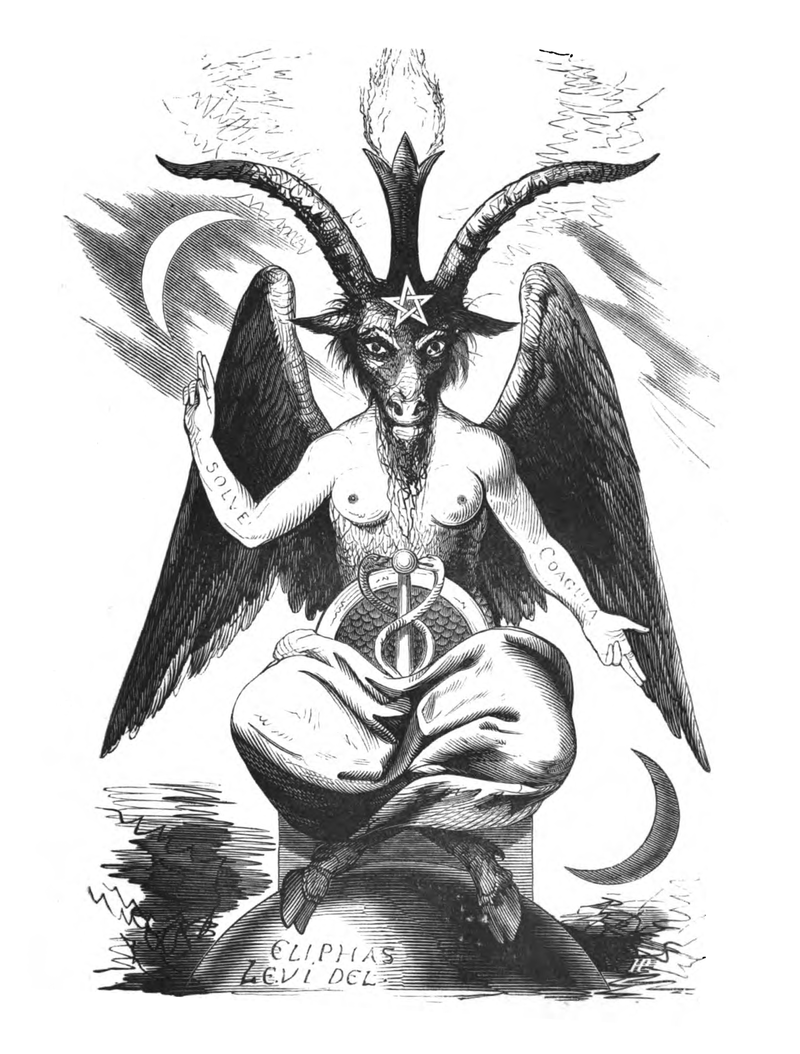Morbid Anatomy!
Join Victoria and Jacob September 17 as we join the Morbid Anatomy community of guest speakers for “A History of Satan(s)“! We’ve kept seating at this online event low so we can have more participatory moments, but we hope our friends and listeners can join us!
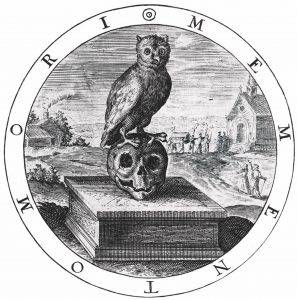
This week’s topic: Hell Pets! But not Cerberus or the Wild Hunt because we’ll circle back to them. We’ll kick off the evening with an Old Goat, a tart, bubbly cocktail with Genever and Creme de Cassis.
It shouldn’t surprise us that somewhere people eat cats. Though it doesn’t seem to be very common, a very regional sort of food. Jacob couldn’t find a recipe for Dragon, Tiger, Phoenix. Maybe Heston Blumenthall has one?
Tarring and Feathering…a bit of research on the topic suggests that we’ve been tarring and feathering people across the United States, and imported the practice from England (earliest reference: Richard I ordered tarring and feathering as a punishment for thieves in 1189. It captured the pop culture imagination as something from the Wild West (though not specifically the south).

The Wynand Fockink distillery, photo from Conscious Travel Guide. Americans, stop giggling.
Codex Inversus: a really neat world-building project by artist Luca Vanzella. It’s a pretty amazing fantasy collage universe, with the idea that several different planes of existence collided and merged in weird ways. People have learned magic from insects, there’s a church that seems to be based on the seven deadly sins and the dukes of hell…circle back on that later… and much of the artwork is collage and mashups of renaissance paintings. Check out Codex Inversus on Link Tree, but the video, “The Creatures of Codex Inversus,” is a good way to start!
The good, or at least strange, people at MeowWolf’s Omega Mart installation have invited artist Justin Favela to design a series of Seven Deadly Sins piñatas. Interestingly, the piñata has already been associated with the Seven Deadlies, in that sort of Catholic missionary make-over way that doesn’t really feel sincere. If it really was about the religious message, it wouldn’t contain candy. Wiki suggests that the piñata is muddled up with Aztec festivities, European party games, Catholic monk marketing, and possibly Chinese New Years festivities too.
Related/Unrelated, Sluttony doesn’t seem to be a word, but it IS a band from Santa Cruz.
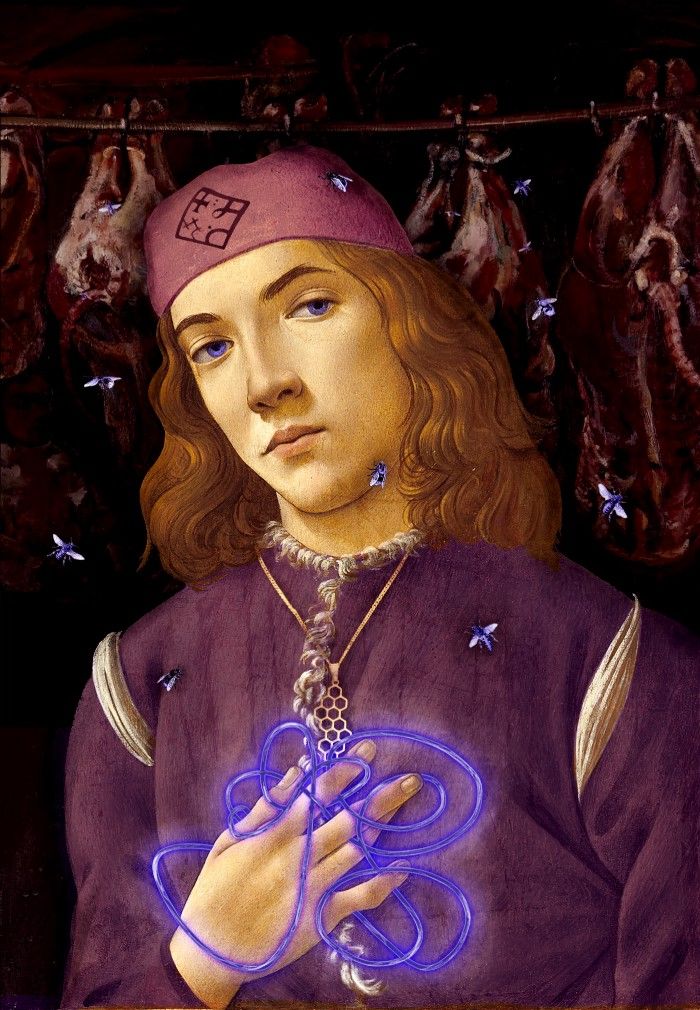



Leviathan and Psalm 104
Psalm 104 is a “how great thou art” sort of psalm, and it’s got some nice imagery. It’s a pretty one, and must lose an awful lot in translation. “It is worth studying the Hebrew language for 10 years in order to read Psalm 104 in the original.” –Johann Gottfired Herder.
What caught our interest was the playful and loving tone of God in this poem…particularly regarding the generally monstrous Leviathan.
O LORD, how manifold are thy works! in wisdom hast thou made them all: the earth is full of thy riches.
So is this great and wide sea, wherein are things creeping innumerable, both small and great beasts.
There go the ships: there is that leviathan, whom thou hast made to play therein.
These wait all upon thee; that thou mayest give them their meat in due season.
That thou givest them they gather: thou openest thine hand, they are filled with good.
Thou hidest thy face, they are troubled: thou takest away their breath, they die, and return to their dust.
Thou sendest forth thy spirit, they are created: and thou renewest the face of the earth.
The glory of the LORD shall endure for ever: the LORD shall rejoice in his works.
There’s some related lines (or alternate translations where Leviathan frolics and it’s stated that God created Leviathan specifically for frolicking purposes. Leviathan has a long history, s/he goes back to Tiamat and the chaos beasties, and probably the devouring death Mot as well. But this piece strips Leviathan of that mythic context…or plays against it, to say that God is so great that Leviathan, scary scary Leviathan, is like a pet for him.
Esoterica
If you’re interested in the publishing/linguistic elements of the medieval/renaissance grimoires, Dr. Joseph Sledge has a fantastic video, “How to read a medieval book of magic,” that is, well, a must-see. It’s part of a series on magical texts. He’s scholarly, but definitely plays to his occult-loving fan base, too. Strong recommendation for his work!
Callout to Robert Funk’s The Five Gospels, the Jesus Seminar’s translation of the gospels with special emphasis on Q-gospel-style “what did Jesus actually say? This translation is good for contextualizing: it tries to communicate the tone the book would have carried when it was read by its intended audience, whether it’s common language or lofty and mystical. It’s nice to get away from the King James Version, which really jumps up and down on literary style in favor of its own thing. Anyway.
Jürgen Hubert, Jörmungandr
Brother of Fenris Wolf and the goddess Hel. When Odin took Loki’s kids and threw them into the ocean…rude…Jormungandr grew large enough to surround the world and bite onto its own tail. Its arch-enemy is Thor, god of Thunder (another classic thunder god vs chaos beast…) though how you’d know that is a mystery to the skalds. I mean, he can’t say “Yeah, Thor’s my arch-enemy,” can he?
Noteworthy, Big J encircles Midgard, the inhabitedworld, which is only a part of the cosmos and may not be the same size as the ENTIRE world. It could just be Norway. This is a Dispatchist Theory and may not reflect actual myth.
With additional thanks to Jürgen Hubert, who tweets at @FranconianExile and lives over on Patreon. We’ve mentioned Jürgen before, he translates lesser-known folklore from Germany, putting those translations into the public domain. His “Sunken Castles, Evil Poodles” is a great resource chock full of dark folklore!
Above, bound Fenrir with river of drool, 17th century Islandic manuscript. Below, Hellmouth-like Fenris by W. G. Collingwood, 1908.
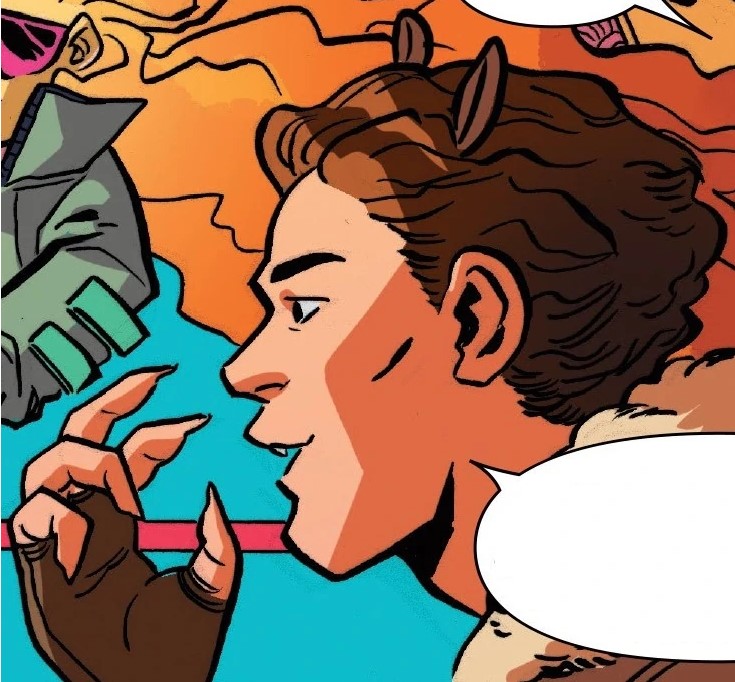
Squirrel Earl, one of a number of alt-dimensional versions of the Unbeatable Squirrel Girl called in to fight Doctor Doom, from the 2015+ “Unbeatable Squirrel Girl” title. Below, Ratatosk, same. But less helpful. Rather like our show notes in this regard.
Looking at various translations of the Speech of the Masked one, from the Poetic Edda.
All Dogs Go to Heaven (Except Charlie)
Nowaways “All Dogs Go To Heaven” has a G rating, but it’s been cleaned up a fair bit. Guns were replaced enigmatically with space laser toys, fewer dogs are run over by cars, and there’s a LOT less Hell. The original release had a sequence with a giant dragon sometimes called Evil Dog, rises out of the flaming river and drowns Charlie in lava. Of course, he’s used to being drowned in treacle, maybe this isn’t so bad.
Lost Media Wiki has more information and backstory of the footage, which was apparently found when a Bluth Studios animator played it during an animation course. And then there’s the “Creepypasta” mention, which like all Creepypasta material seems to come from a much more interesting universe than good old Earth 631.
Don Bluth isn’t just Land Before Time. He could go dark, believe it or not. Felidae is a good example of that.
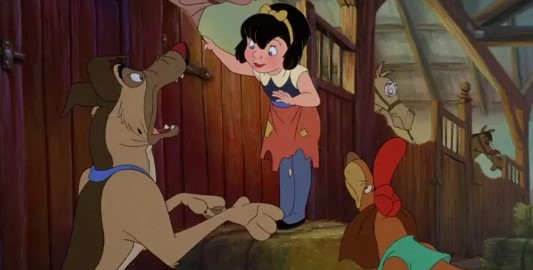
Devil Dog: The Hound of Hell (1978)
The prior film, kind of irritating. Devil Dog is objectively bad. And very strange. It’s hard to put real fear into a made-for-TV film starring a friendly-looking German shepherd, and Curtis Harrington was not up to the task. The full movie is on Youtube, should you want to go there.
Meanwhile, in Bakersfield, “Angelic Cat Saves Boy From Devil Dog Hound of Hell.” The original story is unlikely enough: the family cat runs in to chase off a dog who had attacked a young boy. Given most cats, that is pretty special. However, Mystic Paranormal News has way more details, including the sentence, “A local Enochian Witch named Gertrude, who communes with Angels, verified that an angel had randomly been in the the vicinity when it sensed a child was in danger.” I’m not saying Gertrude is taking money from Big Angel, but I question her objectivity.
The only link between this epic film and this reversioned story is that “Lucky,” the dogtagonist of Devil Dog, is repurposed as a bit of page furniture. They do link back to the movie, though.
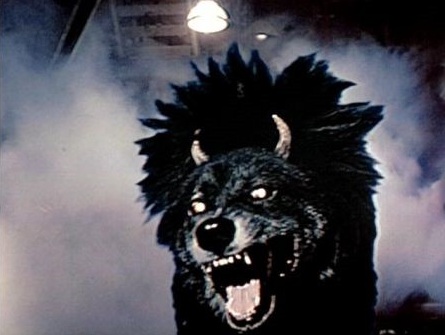
Qiqirn, Keelut
(wiki) Classic “Black dog” myth, from Inuit mythology. The twist is that instead of being a hound or a poodle, this one seems to be more like a Mexican Hairless. Probably a very cold Mexican Hairless. Like most barguests, it’s a spirit of the underworld, a large, predatory, black dog. But the description of “hairless, but with tufts of fur on its tail and feet,” is very much in line with the general look of all the South American hairless dogs. Is there a connection? Mexican hairless dogs are psychopomps and associated with the underworld through their connection to Xolotl. I’ll have to leave it to a better research team than ours to see if there’s a connection.
The “Keelut” poster at right was created by Anderson Design Group, and is available from their online store.
From “Gods of Ancient Egypt,” Disney’s Hercules
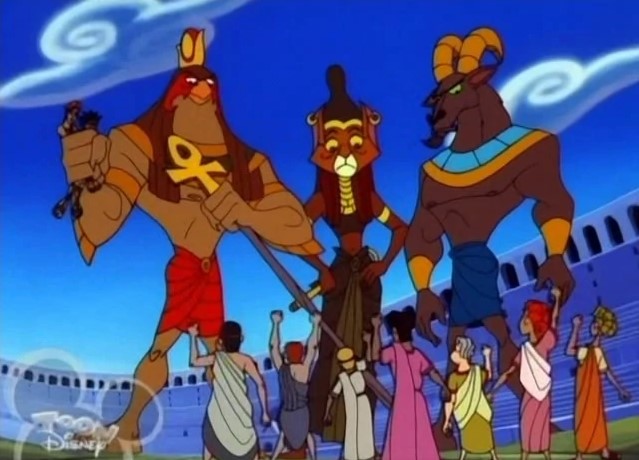
The Goat of Mendes & Living Deliciously
Eliphas Levi’s original name for his depiction of what became Baphomet, inspired in part by the goat-headed Egyptian god Djedet. According to E.A. Wallis Budge (an unreliable narrator, but better than none) the Egyptian city of Mendes loved their goats and celebrated them in all sorts of ways, some of which got an NC-17 rating. Crowley and LaVey link this sexual celebration to the myths of Pan and Christianity’s constant attacks on anything pleasurable.
“Living Deliciously” is a line from The Witch, when the goat Black Phillip, the devil in disguise, either tempts the main character Thomasin to give in to temptation and bind herself to him, or lets her have any sort of physical pleasure in a bleak Puritan existence. The line references a number of witch trials, where very simple things…shoes, clothing, butter…were luxuries, and any token respite from want or being treated like a human being was worth a devil’s pact…whether that’s because of the deepness of want, or the lack of value of life or soul, hard to say.
Uncama and the Porcupine
Uncama is the protagonist of an underworld journey story; he chases a porcupine into its burrow, and finds a fey/otherworld/underworld after crossing an underwater river. When he returns back, he’s an old man, many years have passed. Decent version here.

Podcast: Play in new window | Download

